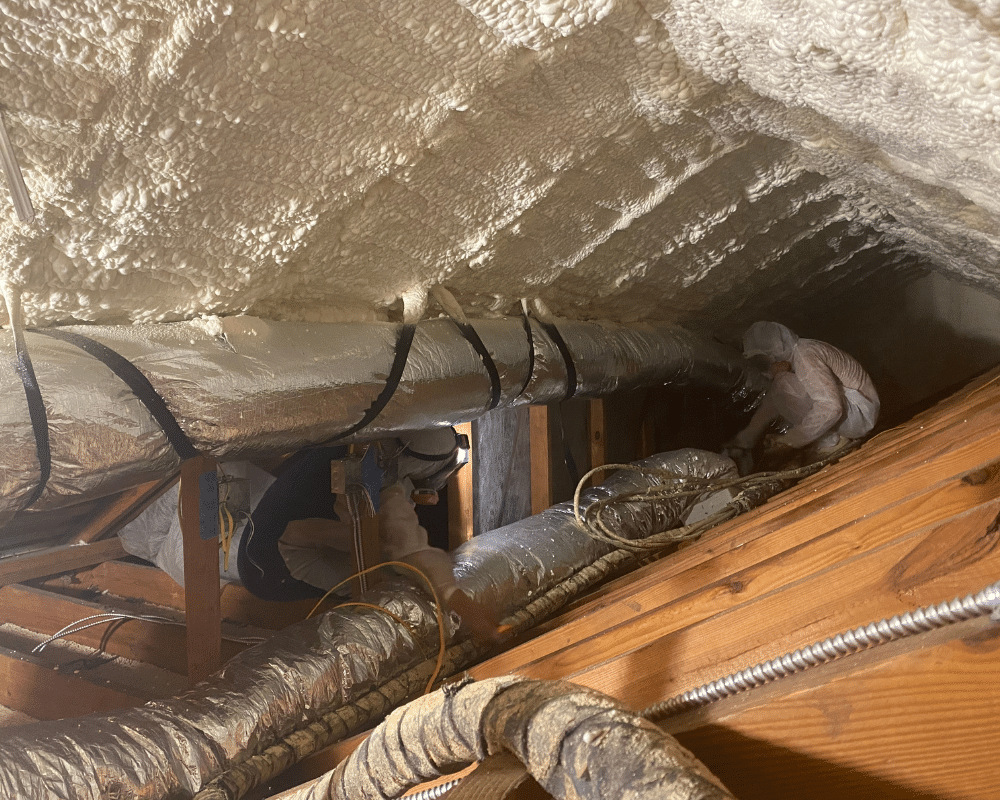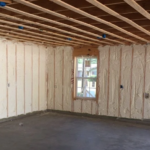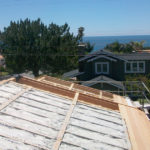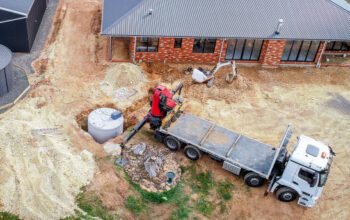Stellrr Insulation & Spray Foam stands as a beacon of progress within the construction sector, epitomizing the ideals of sustainability and operational efficiency that are increasingly prioritized in today’s building standards. From its developmental stages in the mid-20th century to becoming a cornerstone of contemporary construction techniques, its journey highlights the industry’s shift towards more eco-friendly and energy-efficient practices. This evolution is a testament to the material’s growing importance in addressing the modern demands of construction, from reducing energy consumption to improving building longevity.
This article aims to comprehensively examine spray foam insulation’s vast impact, covering the spectrum from its notable environmental benefits, such as reduced carbon emissions and superior energy savings, to its economic advantages, including long-term cost reductions. Additionally, it explores strategic implementation practices and the wider role of this innovative material in fostering a more sustainable future in construction, emphasizing its critical place in modern architectural designs and renovations.
Environmental Benefits of Spray Foam Insulation
Spray foam insulation offers a host of environmental advantages, making it a preferred choice for eco-conscious builders. By creating a seamless, airtight barrier, spray foam minimizes energy loss through air leakage, thereby reducing the carbon footprint of buildings. This not only lowers energy consumption but also contributes to mitigating climate change by curbing greenhouse gas emissions.
Furthermore, the superior thermal insulation properties of spray foam play a crucial role in energy conservation. Unlike traditional insulation materials, such as fiberglass or cellulose, spray foam forms a continuous layer that effectively blocks heat transfer. This results in reduced reliance on heating and cooling systems, translating into significant energy savings over the lifespan of a building.
Moreover, spray foam insulation enhances indoor air quality by preventing the infiltration of pollutants and allergens. By sealing gaps and cracks, it creates a barrier against outdoor contaminants, promoting healthier living environments for occupants. This aspect is particularly beneficial for individuals with respiratory conditions or allergies, as it helps maintain cleaner indoor air.
Efficiency and Performance Advantages
The efficiency and performance advantages of spray foam insulation extend beyond its environmental benefits. In addition to its exceptional thermal insulation properties, spray foam excels in air sealing and moisture resistance. This prevents the ingress of drafts and moisture, mitigating the risk of mold growth and structural damage.
Furthermore, spray foam insulation offers superior sound-dampening capabilities, reducing noise transmission between rooms and from external sources. This enhances the comfort and tranquility of indoor spaces, making them more conducive to work, rest, and relaxation.
Financial Considerations and Long-Term Savings
While the initial cost of spray foam insulation may be higher than that of traditional materials, its long-term savings potential is substantial. The energy efficiency gains achieved through spray foam insulation result in lower utility bills over time, offsetting the initial investment. Building owners can expect to recoup the upfront costs through reduced heating and cooling expenses, leading to significant savings throughout the lifespan of the structure.
Furthermore, the durability and longevity of spray foam insulation contribute to additional cost savings by reducing the need for frequent replacements or repairs. Unlike conventional insulation materials, which may degrade over time or require maintenance, spray foam maintains its effectiveness for decades, providing lasting value for building owners.
Considerations and Best Practices for Implementation
Proper installation and maintenance are essential for maximizing the effectiveness of spray foam insulation. Engaging qualified professionals with expertise in spray foam application ensures a high-quality installation that adheres to industry standards and best practices. Additionally, compatibility with existing building materials must be considered to avoid potential compatibility issues or structural problems. Check out our article on Ten Questions to Ask Before Hiring a Spray Foam Insulation Contractor
Regular maintenance and inspections are also critical for preserving the integrity of spray foam insulation. Periodic checks can identify any issues such as damage or deterioration, allowing for timely repairs or remediation. By prioritizing proactive maintenance, building owners can prolong the lifespan of their spray foam insulation and optimize its performance over time.
Conclusion
In conclusion, spray foam insulation epitomizes a transformative movement in contemporary building methodologies, delivering a holistic approach to achieving energy efficiency, fostering environmental sustainability, and ensuring heightened occupant comfort. Its unique capacity to forge airtight barriers, furnish unparalleled thermal insulation, and significantly improve indoor air quality establishes it as an indispensable component in the realm of sustainable construction.
Furthermore, its versatility and effectiveness in addressing a wide range of construction challenges underscore its value. By adopting and integrating innovative practices such as spray foam insulation, the construction sector is well-positioned to lead the charge toward the development of greener, more durable buildings. This forward-thinking approach not only caters to the immediate demands of energy conservation and eco-friendly construction but also lays a solid foundation for future generations to inherit a legacy of sustainable living spaces, illustrating a commitment to environmental stewardship and innovation.
Related Posts












